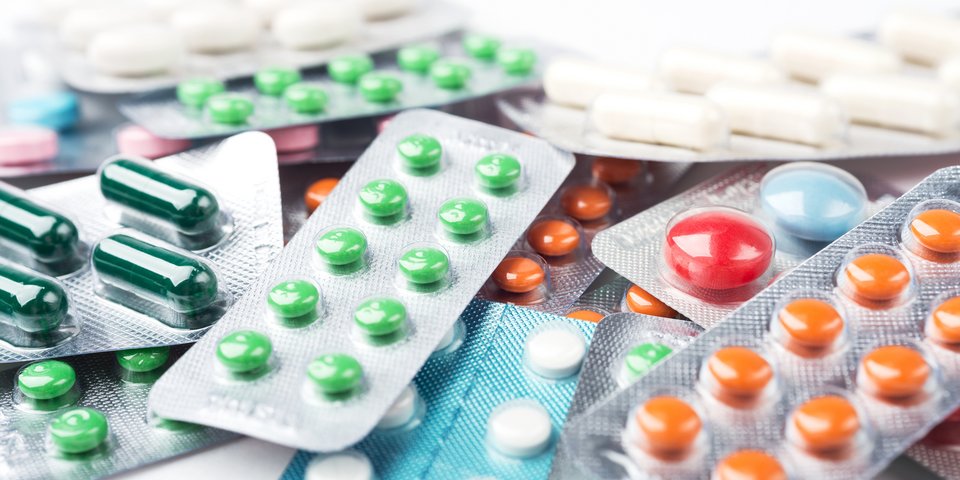 denisismagilov - Fotolia
denisismagilov - FotoliaPackage leaflets for pharmaceuticals to go digital
Joint collaboration for developing electronic product information for medicinal products published.
RB – 04/2020
A
medicine’s product information (PI) includes the package leaflet (PL)
for patients, the summary of product characteristics (SmPC) for healthcare professionals and other package labelling requirements. This
information must be available for every medicinal product authorised in the EU.
They help doctors with prescribing and administering medicines
and patients with taking them.
Principles of electronic product information for human medicines
On 29 January 2020, the European Medicines Agency (EMA)
published principles for a harmonised approach to the development and use of electronic product
information (ePI) for medicinal products for human use in the EU.
The principles
were developed on the basis of the recommendations contained in the European Commission’s report (2017) on the Community code relating
to medicinal products for human use and the resulting EMA
action plan:
1. Definitions of ‘ePI’ and ‘common electronic standard’
The ePI will
be authorised using a common EU electronic standard
for statutory product
information for human
medicines and can be distributed online, via e-platforms and in print form.
The common electronic standard includes technical
definitions of the markup language (e.g. HTML), controlled vocabularies (unique
terms) and specifications for interoperability.
2. Benefits for public health by ensuring broader accessibility
The ePI benefits public health by rapidly disseminating up-to-date, regulator-approved
product information to patients and healthcare professionals. ePI improves accessibility by allowing users to select large font sizes or audible formats.
3. Efficiency gains for regulatory systems
The ability
to digitally adapt information across all affected product information reduces potential sources of error resulting from tasks that are
currently performed manually.
4. Complement paper package leaflet and maintain open access to secure information, in compliance with existing
data protection legislation
ePI is not
intended to supersede or replace the paper package leaflet.
However, the physical package leaflet should contain a note which refers users to the ePI as the most up-to-date source of information. There should be open access
to the ePI and the content should be displayed free of commercial advertising.
No personal information will be processed when using the ePI. European data
protection regulations must apply when accessing the ePI with a mobile application.
5. Information
on processes,
roles and responsibilities related to implementation
Electronic health record and ePrescription systems and will have access to the ePI. Third
parties will also be
given access to the ePI so that they can continue to make them available to
patients and doctors. National regulators and pharmaceutical companies are expected to commit to the
implementation of the ePI’s
common electronic standard for all medicinal products for human use authorised
in the EU.
6. Multilingual provision of ePI in the EU and interoperability with existing
initiatives
The ePI will support all official EU languages as well as Icelandic
and Norwegian and be compatible with current and future eHealth initiatives.
The principles were developed from discussions and consultations conducted in
2018 and 2019 by the EMA, HMA (Heads of Medicines Agencies) and the European
Commission with representatives from all relevant stakeholders, patients, healthcare professionals, regulators and the pharmaceutical industry.
Plenty of patience – this is what comes next
The principles describe the guidelines from the EMA, HMA and the European
Commission and are the basis for the following implementation process.
In the next one to two years, a preliminary project will
define the common standards and applications for pilot testing. This will be followed by the
pilot period of two
years, in which impact assessments on current processes will be carried out.
The timeline for implementation depends on the results of the pilot testing.
